In a marriage that seemed destined to happen, stock photo suppliers Fotolia brought together light painter Eric Paré and CGI artist Mike Campau, each renowned for intensely hyper-colorized dreamscapes, to create a single shining digital image from their minds. And though the final product is a kaleidoscopic achievement, the process is seriously technical. A must watch for anyone interested in a real behind-the-scenes glance at modern creativity:
Step One: Light Painting
Paré is a French-Canadian light painter whose work we’ve loved in the past, and whose name has become synonymous with the craft today. He explains his studio in great detail: three cameras—all manually focused, set to f/9 and an ISO of 800—are triggered by remotes to capture what he can’t see while he moves around in the dark.
He uses a powerful flashlight of 300 lumens, funnelled by metallic paper. It’s all about experimentation. Sometimes the light strobes, other times it’s continuous. The idea is to achieve a striking image in-action, and to use as little post-production as possible.
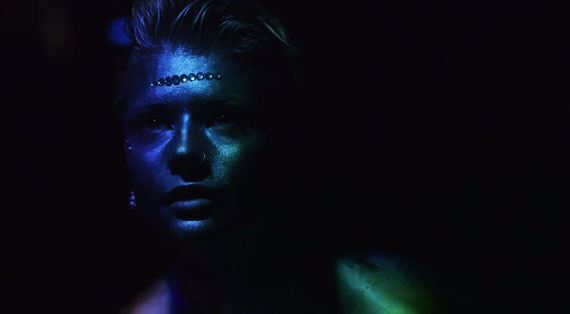
“It can get pretty intense sometimes. We need to play in the dark with the lights. So put some music, just experiment the different colors, different style—different shapes, don’t limit yourself with a single shape. Go crazy and try different things and create your own style. With light painting, there’s so many possibilities. It’s endless.” – Eric Paré
Step Two: Shooting the Background
The duo next trek up Montreal’s Mount Royal (at night, in unfortunately -17 Celsius / 1 Fahrenheit weather) to shoot the background image.
Their idea still isn’t solidified, so they need a good variety of options. Paré shoots wide-angle backgrounds of trees, while Campau takes pictures with monstrous megapixel counts to crop out interesting details.
Step 3 – Digital Imaging
Lastly, it’s Campau’s turn. He opens the initial image in Photoshop and uses the path tool to generally outline the model, then use channels to isolate hairs and create a perfect mask.
“When I work in general, is I’ll have the hero image and I’ll go to a stock site to get either inspiration or look for other assets that I’m not able to shoot myself. I’m really looking at light and shadow, and making sure that the shadows and the lights are coming from the same places, because nothing gives away a composite more than the shadows not matching or lining up.” – Mike Campau
His big tip for keeping shadows realistic: use Photoshop’s eyedropper tool to capture the color of a light, then gently brush the color onto your image as if that light were radiating onto it.
To create the 3D object, Campau uses Luxology Modo to create a mimicked version of Paré’s light image.
“As a CGI artist, it’s really important to understand the idea of light and shadow and how to use it. And the best way is to go to a photo studio, or watch a photographer work.”
The final result is a strikingly original piece of artwork. To see it without knowing its story, you might shrug and say it looks cool. But after knowing how much effort goes into perfecting those details, it makes the final product all the more impressive.
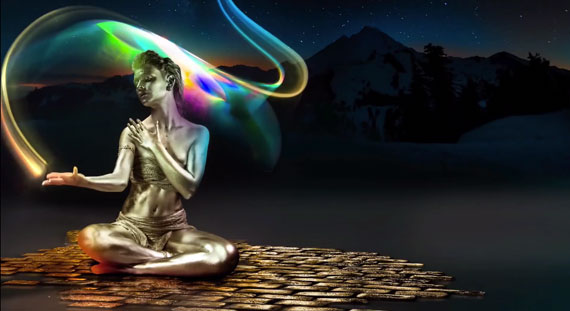
An unfinished version of the photo, combining the original light-painted image with a floor and background of Montreal.
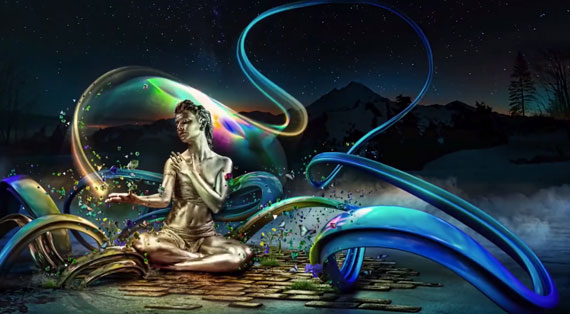
Close to the final product, after Mike Campau added his digital artwork.
“I really didn’t have a full image in my mind until I got here in the studio and saw you [Paré] working with the light, and saw how you created that warmth, and how the light had shape to it. And it kind of inspired me to take it to the next level.” – Mike Campau
Like This Article?
Don't Miss The Next One!
Join over 100,000 photographers of all experience levels who receive our free photography tips and articles to stay current:
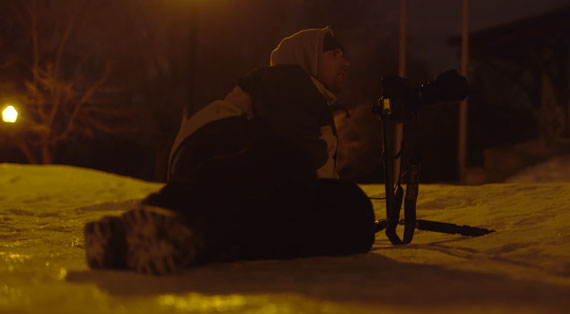
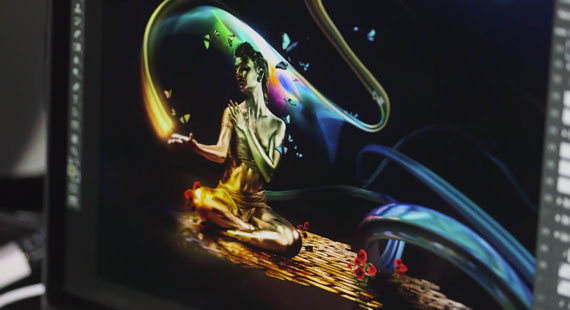


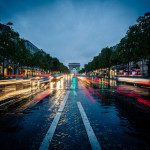
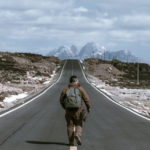


Leave a Reply